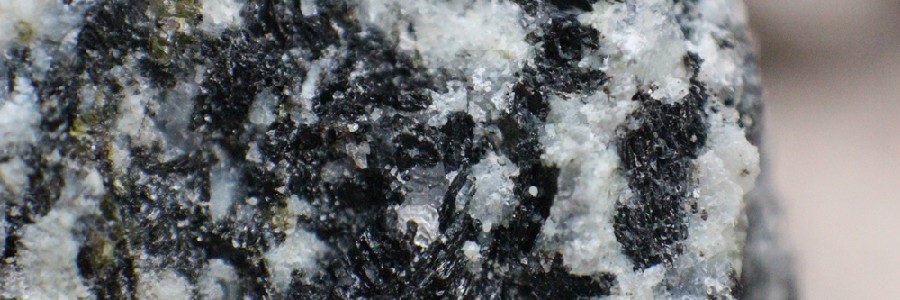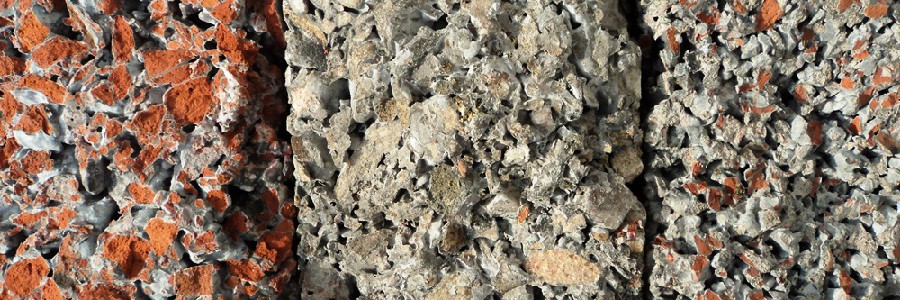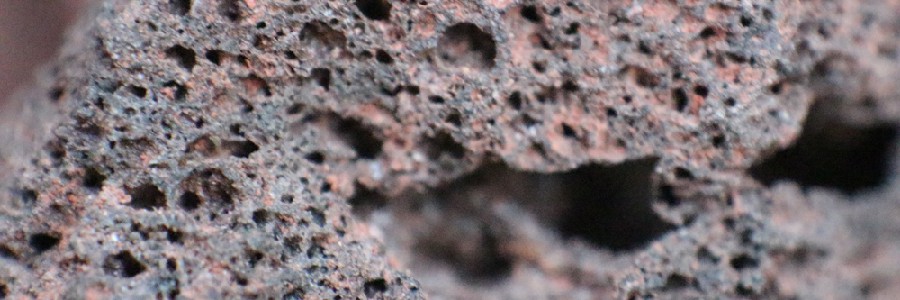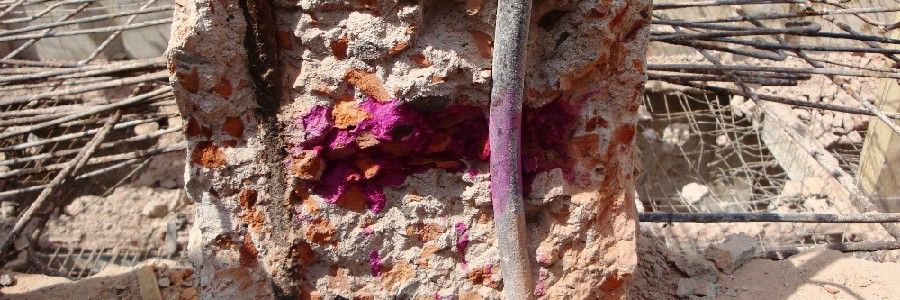ARIFUL HASNAT




Recycling of demolished concrete as coarse aggregate
A detailed investigation was carried out for recycling of demolished concrete as coarse aggregate. For this, demolished concrete blocks were collected from around 40 different building sites of different ages and broken into pieces as coarse aggregate. Less use of stone aggregate, especially in the old structures in Bangladesh, necessitates the importance of conducting research related to recycled brick aggregate concrete. This research was led by Professor Dr. Mohammed Tarek Uddin (Former faculty member UAP-CE) give new dimension in using recycled aggregate in Bangladesh. The research was presented in several local and international seminars and conferences. Two of the papers won the best paper in SCMT3, one of the most prestigious conferences in concrete technology field.
|
|
|
|
|
Demolition of building |
Demolished block |
Recycled brick aggregate |
Modulus of rupture of concrete made with different types of aggregate
A correlation is developed for predicting modulus of rupture of concrete made with different aggregates. The recycled aggregate concrete shows good performance in modulus of rupture compared to the virgin aggregate concrete. The coefficient is also different for recycled brick aggregate concrete in predicting modulus of rupture.
|
|
|
|
Sample prepared for testing |
Sample after testing |
Development of pervious concrete in Bangladesh
Due to the construction of buildings and other infrastructures in the major cities in Bangladesh, it is found that the uncovered ground area for infiltration of rain water to ground water reservoir is reduced significantly. On the other hand, continuous sucking of ground water from underground reservoir results in depletion of ground water level year by year. This environmental problem can be reduced by application of porous concrete on parking areas, walkways, and roads for light vehicles, etc. With this background, this study on pervious concrete has been planned. Cylinder concrete specimens of diameter 100 mm and height 200 mm were made with locally available coarse aggregates (1st class brick aggregate, crushed stone aggregate, and recycled brick aggregate).
|
|
|
|
Sample prepared for
testing |
|
|
|
|
|
|
|
Development of high strength concrete in Bangladesh
By using the conventional river gravel and brick chips, it is almost impossible to attain compressive strength higher than 8000 psi because of its poor material property. Hard rock extracted from Dinajpur was gave better performance compared to river gravel and crushed brick aggregate. Different types of physical properties of fine and coarse aggregate was performed during this study. In the experimental study, targeted strength of concrete was from 6000 psi to 12000 psi. The cement content, water to cement ratio was varied. The different between mortar strength and concrete strength also evaluated. Different types of composites added (Fly ash, Slag, Silica fume) to enhance the performance of the concrete. It can be noted that, up-to 13000 psi compressive strength obtained from this research work which is highest in Bangladesh
|
|
|
|
|
Granite aggregate used as coarse aggregate |
Cylinder sample prepared after casting |
Failure pattern of high strength concrete |
Quality of different types of aggregate used in Bangladesh
Different types of aggregate exhibits different material properties. A detailed study was conducted to evaluate the physical and mechanical properties of the aggregate used in Bangladesh.
|
|
|
|
Crushed stone (River gravel) |
Shingles (Round shaped aggregate) |
|
|
|
|
Granite |
Brick chips |
Flexural strengthening of RC beam using CFRP (Conducted at BUET)
Externally bonded carbon fiber reinforced polymer (CFRP) composites are widely employed for enhancing the flexural capacity of reinforced concrete (RC) beams. However, the adhesion between CFRP and concrete substrate is an issue of concern. It generally controls the ultimate capacity of RC beams. Particularly, premature intermediate debonding phenomenon that begins from an intermediate point throughout the CFRP-concrete interface is one of the most common and peculiar failure modes observed in RC beams externally strengthened in flexure by using CFRP. To evaluate the flexural capacity of reinforced concrete beams strengthened with CFRP strips, a comprehensive experimental work done consists of testing 78 simply supported concrete beams under flexure. The beams had a rectangular cross-section of 150 mm width, 200 mm height, and 1524 mm in length. The specimens tested under 3rd point loading. The load-displacement histories obtained from the control and strengthened specimens are synthesized with the strain measurement results gathered using Digital Image Correlation Technique (DICT).
|
|
|
|
|
|
Freshly cast beam specimen |
Debonding of FRP-strengthened beam |
Rupture of FRP wrap |
|
|
|
|
|
|
|
Pull-out test |
FRP
strip test setup |
Primer testing |
|
© University of Asia Pacific |Design: Ariful Hasnat | Develop: Md. Al- Amin






















